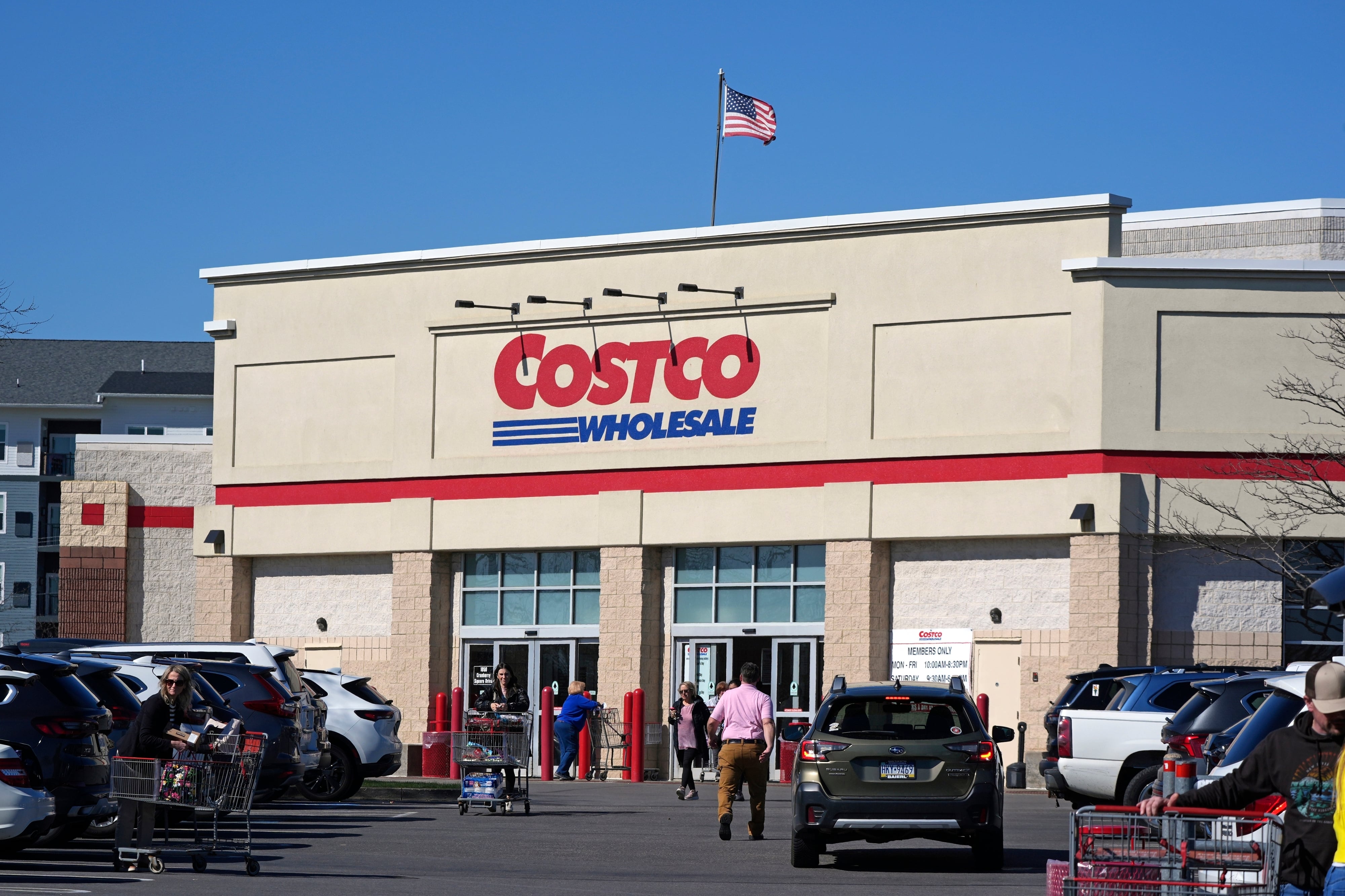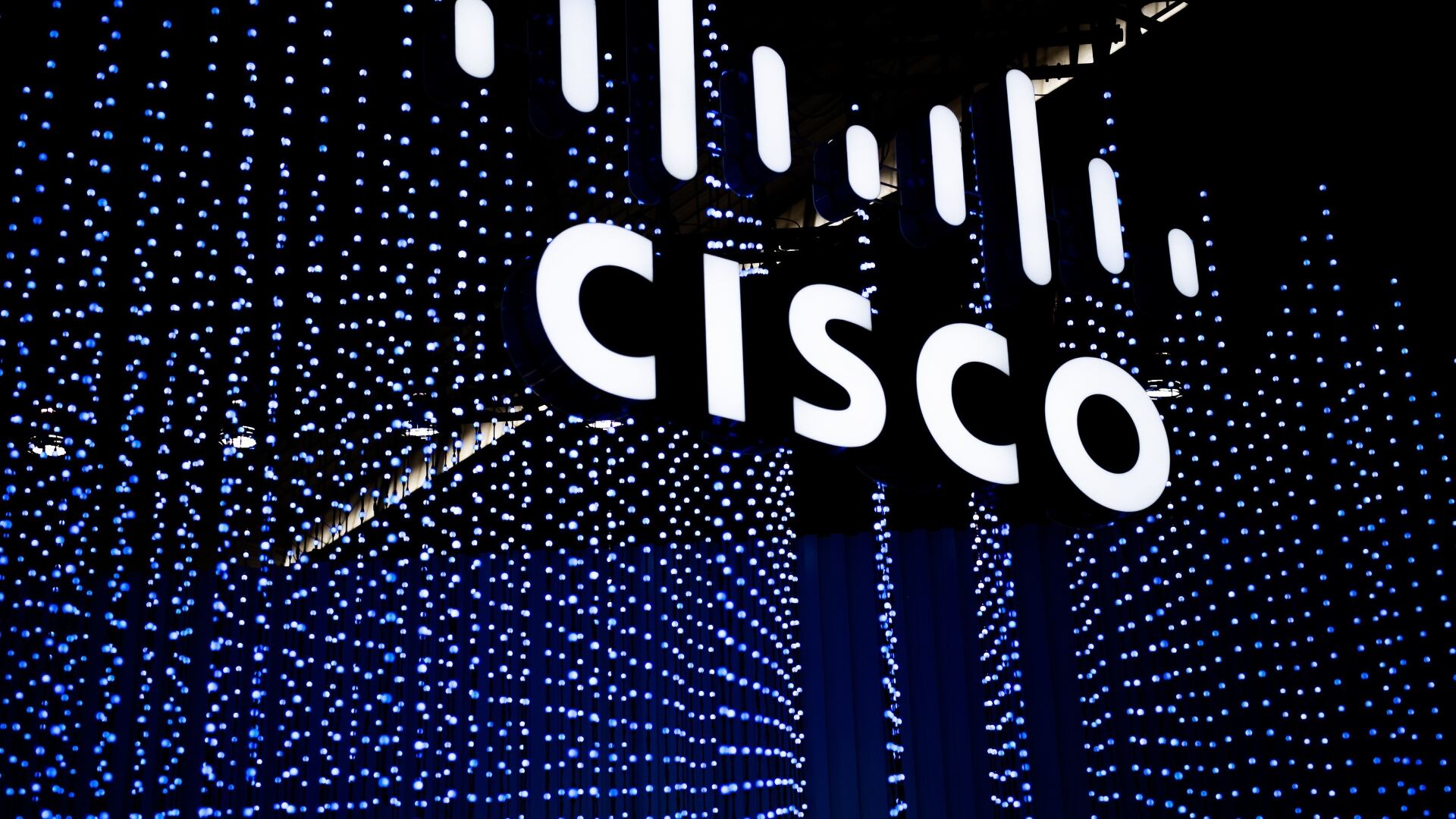Boston Dynamics' small, four-legged Spot robot has been doing much more than just dancing on TikTok during the pandemic. Over the last year, the robot has been used to do critical patient intake at hospitals and even deliver food, water, or medicine to quarantine facilities to protect healthcare professionals. Beyond the medical field, Spot has been used to disinfect workplaces and even help some people perform on-site jobs remotely.
The company's vice president of business development Michael Perry told Cheddar that before this year, those use cases were not something the team expected for Spot. But he admitted that the biggest benefit of Spot is the robot's ability to change to fit anyone's unique needs. "There are a ton of robots that are designed specifically to work in the hospital setting," Perry said. "But when you started to see triage facilities setting up in parking lots or on the lawns of hospitals, that's where you need a legged robot like Spot to handle that type of complicated terrain and still do something valuable for healthcare providers."
That adaptability is a key component to the robot. Perry said Boston Dynamics is working with partners to explore the use of robots in theme parks or to complete deliveries. "When you start thinking about having a robot that can handle the complex environments that are in our daily lives, the application cases start becoming pretty broad."
One of Spot's top use cases for the company is in high-risk environments. In October, Spot was deployed to Chernobyl by the UK Atomic Energy Authority and the National Centre for Nuclear Robotics at the University of Bristol, equipped with radiation sensors to examine areas that hadn't been accessible to humans for years, explained Perry. The information Spot gathered will help researchers develop heat maps and determine whether it is safe to send in humans. "At the end of the day, one of the things that is most valuable about this technology is its ability to access environments that are otherwise too dangerous to send in a person."
As with any new technology, adoption will be a major hurdle for Boston Dynamics. Perry is confident that it's only a matter of time and understanding to make people comfortable with the animal-like robots. "It was just a few years ago that the notion of a touchscreen seemed magical and mystifying to people, but now it's just a part of our daily lives."
Before we see Spot in our own homes, though, the robot's price tag will have to drop. Right now the little, yellow bot costs $74,500 before any custom, job-specific add-ons that would raise the price. Perry said engineers will need to find capabilities that can be cut for general use that will drop the cost.
"It's as good on a construction site as it is in Chernobyl," Perry said. "I'm pretty certain that most people don't need that level of reliability in their day-to-day lives so we'll need to understand where some of the tradeoffs, the engineering decisions [can] make the technology more accessible to more people."











